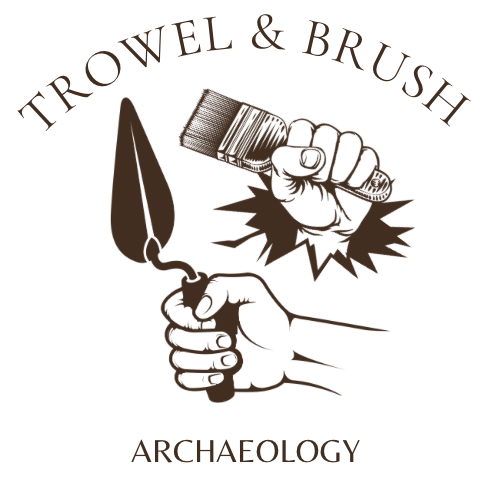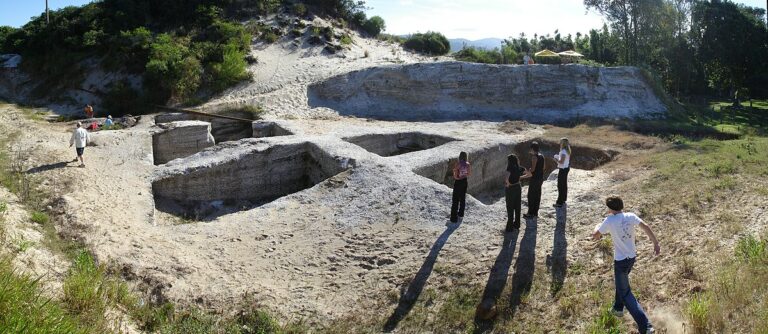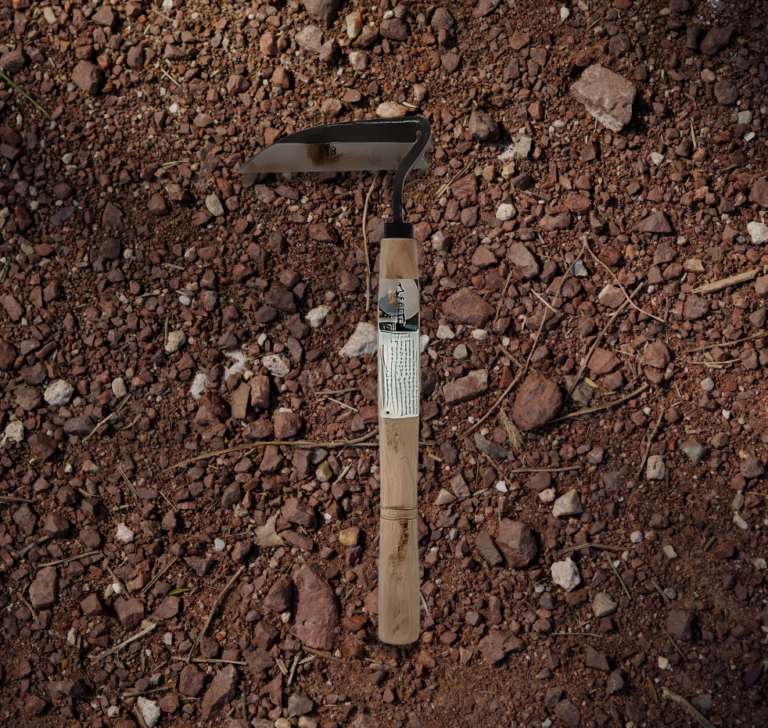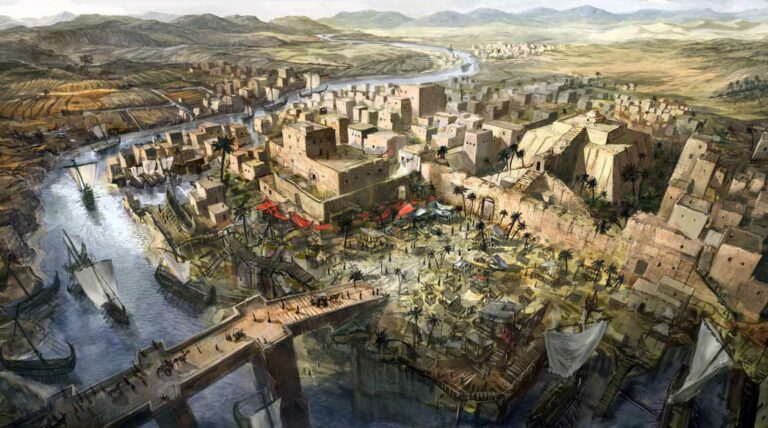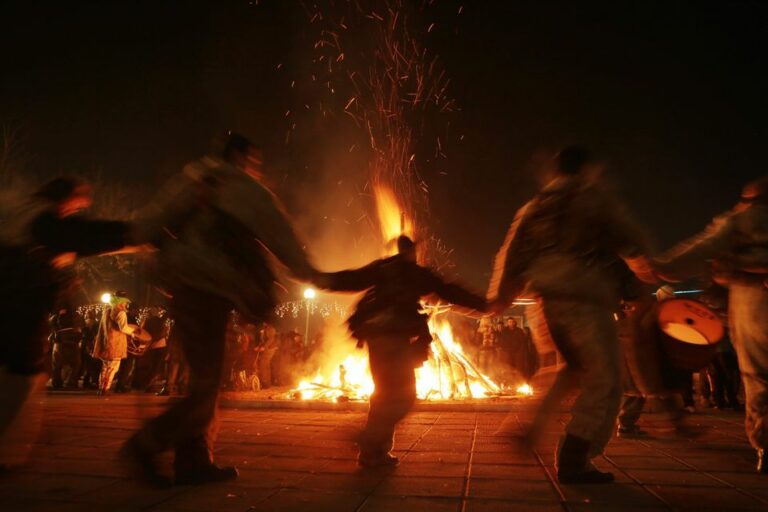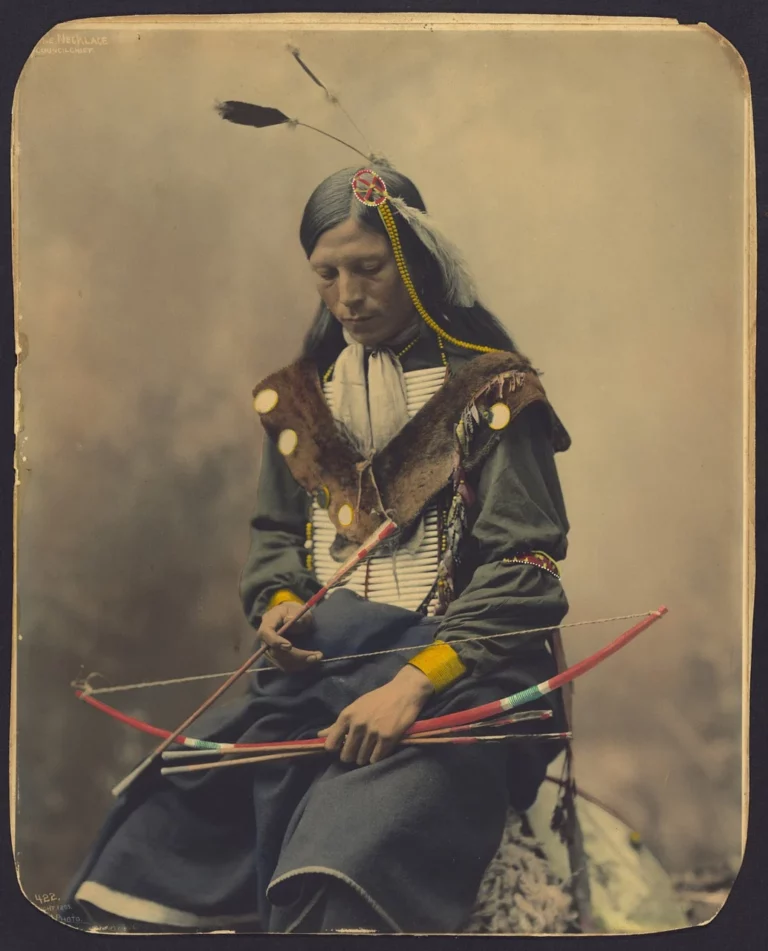Were Our Ancestors Smelly?
Have you ever wondered what our ancestors smelled like?
No? Well, you’re not alone…
But for those who have given it a thought (or a sniff), the olfactory tapestry of ancient times paints an intriguing picture of the past.
Let’s embark on a fragrant journey to discover the scents, the stenches, and the secret concoctions of ancient civilizations.
A Fresh Start: Hygiene in the Ancient World
The ancients were not as odiferous as we might imagine. In fact, various cultures took pride in personal hygiene and cleanliness.
Ancient Egypt: The Egyptians were meticulous about their appearance. Priests bathed multiple times a day as cleanliness was closely associated with divinity1. The Ebers Papyrus, one of the oldest medical texts dating back to 1550 BCE, lists several remedies for beautifying the skin and teeth.
Ancient Rome: Romans had public bathhouses called thermae. These monumental structures provided hot baths, cold plunges, and steam rooms2. Olive oil, rather than soap, was used for cleansing the body. The oil would be massaged into the skin and then scraped off with a tool called a strigil, removing dirt and sweat in the process.
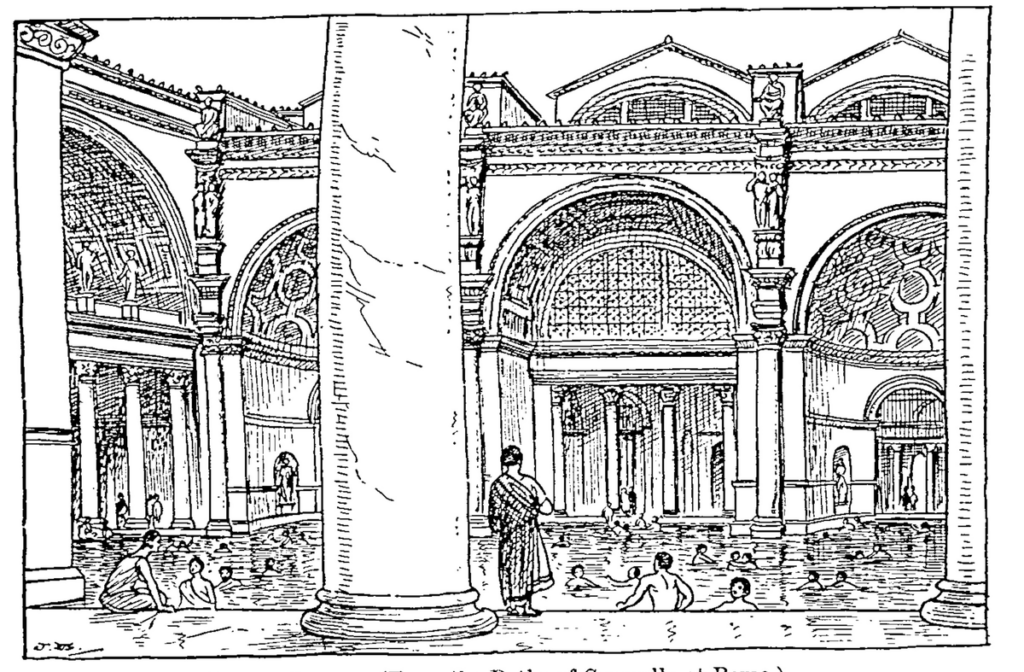
Ancient India: The Vedas, ancient Indian scriptures, emphasized the importance of personal hygiene. Regular bathing and anointing the body with perfumed oils were common practices3.
Perfumes and Potions: Scents of our ancestors
Scent played an influential role in the ancient world. Perfumes were not only aesthetic but also religious and therapeutic.
Ancient Egypt: The Egyptians were pioneers in the art of perfumery. They utilized aromatic resins, myrrh, and frankincense for religious ceremonies and mummification processes4. The famous Cleopatra is said to have greeted Mark Antony on a ship with perfumed sails, intoxicating the air with her presence.
Ancient Greece: Perfumed oils, stored in exquisite alabaster containers, were a luxury in ancient Greece5. They were generously applied on the body and used for sacred rituals.
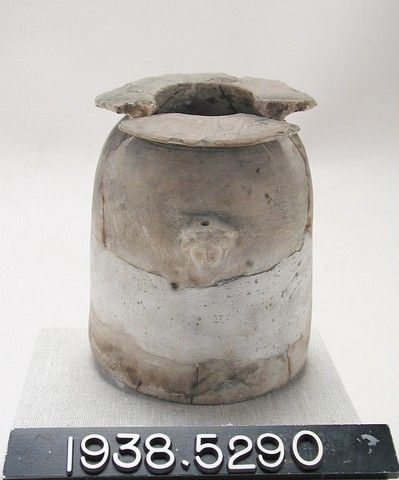
Ancient China: Chinese perfumery was deeply interwoven with medicine and spirituality. Agarwood and sandalwood were especially cherished for their spiritual significance and therapeutic properties6.
Fragrant Findings: Archaeological Evidence
Perfume Bottles and Unguentaria: These are ancient containers used to store scented oils. Numerous such artifacts have been discovered from Roman, Greek, and Egyptian archaeological sites7.
Soap-like Material: The world’s oldest known “soaps” were discovered at the ancient Babylonian site. Made from fats boiled with ashes, these were likely used for ritual cleansing8.
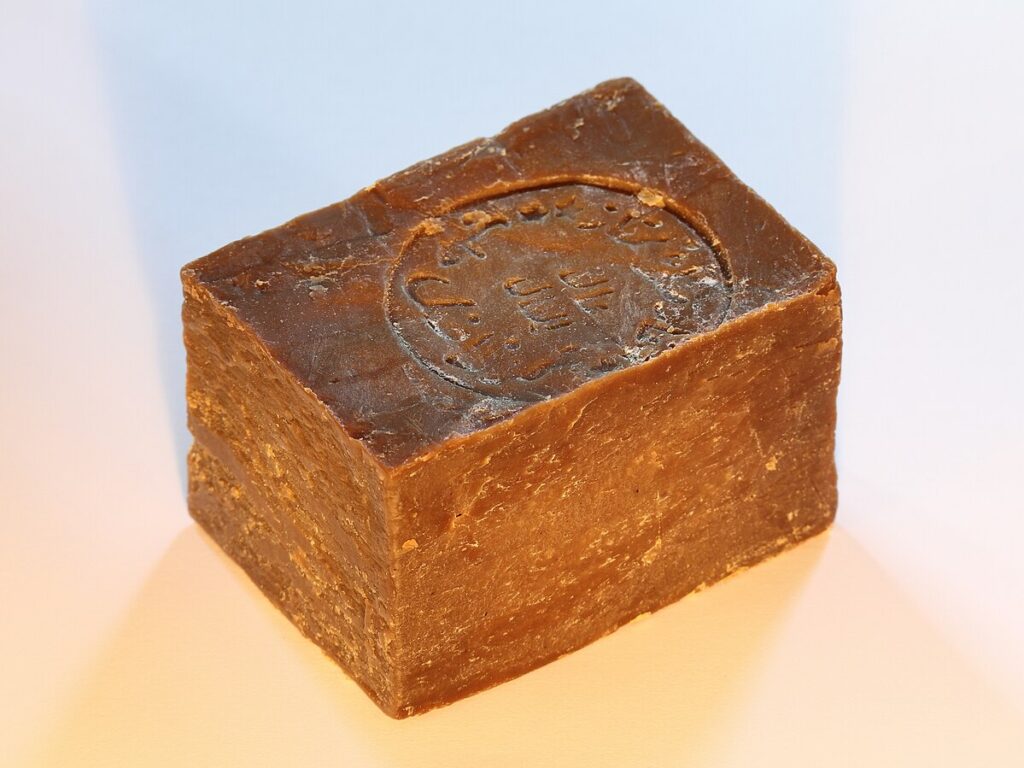
Tutankhamun’s Tomb: This young Pharaoh’s tomb yielded alabaster jars, some still holding the residues of scented oils, demonstrating the significance of perfumes in ancient Egyptian royalty9.
Less-Than-Rosy Realities
Of course, it wasn’t all roses and frankincense. The ancients had their fair share of stenches too. Without modern sewage systems, streets in ancient cities were sometimes filled with waste. Plus, certain professions, like tanning, produced quite a stench. Disparity in wealth also produced a disparity of smells among the masses.
While the modern nose might find certain ancient practices peculiar or even pungent, it’s fascinating to discover how deep-rooted our appreciation for scents is.
Our aromatic journey across ancient civilizations reveals a world where fragrance was deeply interwoven with culture, religion, and everyday life.
So, next time you spritz that perfume or light that scented candle, remember that you’re partaking in an age-old ritual that has been cherished by generations before us.
Sources:
- Ikram, S. (2003). Death and Burial in Ancient Egypt. Longman.
- Fagan, G. G. (2002). Bathing in Public in the Roman World. University of Michigan Press.
- Basham, A. L. (1979). The Origins and Development of Classical Hinduism. Oxford University Press.
- Manniche, L. (1989). Sacred Luxuries: Fragrance, Aromatherapy, and Cosmetics in Ancient Egypt. Opus.
- Dalby, A. (2000). Dangerous Tastes: The Story of Spices. University of California Press.
- Schafer, E. H. (1963). The Golden Peaches of Samarkand: A Study of T’ang Exotics. University of California Press.
- Dayagi-Mendeles, M. (1999). Perfumes and Cosmetics in the Ancient World. Israel Museum.
- Levey, M. (1959). Early Arabic Pharmacology. E.J. Brill.
- Carter, H., & Mace, A.C. (1923-1933). The Discovery of the Tomb of Tutankhamun. Griffith Institute.
Check This Out
“Fun Fact: Did you know? Cleopatra, the iconic queen of ancient Egypt, was such a fan of perfumes that she even wrote a book titled “On the Subject of Perfumes”. While the text itself is lost to history, it’s amusing to think of the great Cleopatra as an ancient influencer on beauty and fragrance!”
If you had a blast exploring ancient aromas with us, delve deeper with our articles on what the ancients feasted on! Click the button below to continue the journey.

